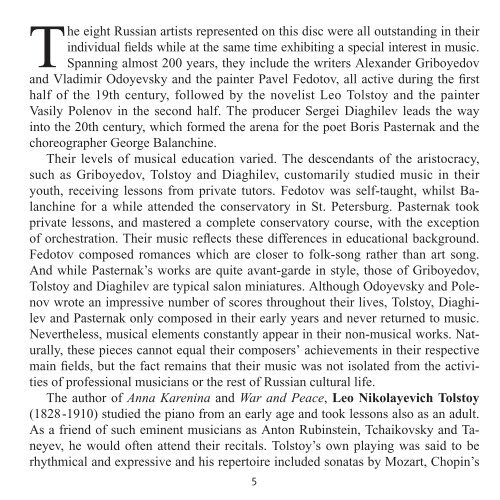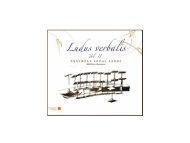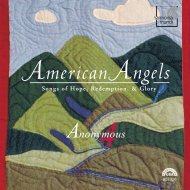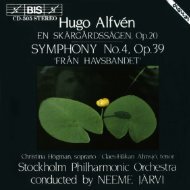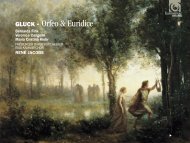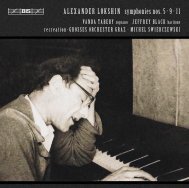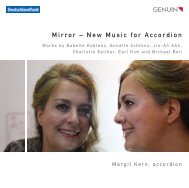Untitled - eClassical
Untitled - eClassical
Untitled - eClassical
You also want an ePaper? Increase the reach of your titles
YUMPU automatically turns print PDFs into web optimized ePapers that Google loves.
The eight Russian artists represented on this disc were all outstanding in their<br />
individual fields while at the same time exhibiting a special interest in music.<br />
Spanning almost 200 years, they include the writers Alexander Griboyedov<br />
and Vladimir Odoyevsky and the painter Pavel Fedotov, all active during the first<br />
half of the 19th century, followed by the novelist Leo Tolstoy and the painter<br />
Vasily Polenov in the second half. The producer Sergei Diaghilev leads the way<br />
into the 20th century, which formed the arena for the poet Boris Pasternak and the<br />
choreographer George Balanchine.<br />
Their levels of musical education varied. The descendants of the aristocracy,<br />
such as Griboyedov, Tolstoy and Diaghilev, customarily studied music in their<br />
youth, receiving lessons from private tutors. Fedotov was self-taught, whilst Balanchine<br />
for a while attended the conservatory in St. Petersburg. Pasternak took<br />
private lessons, and mastered a complete conservatory course, with the exception<br />
of orchestration. Their music reflects these differences in educational background.<br />
Fedotov composed romances which are closer to folk-song rather than art song.<br />
And while Pasternak’s works are quite avant-garde in style, those of Griboyedov,<br />
Tolstoy and Diaghilev are typical salon miniatures. Although Odoyevsky and Polenov<br />
wrote an impressive number of scores throughout their lives, Tolstoy, Diaghilev<br />
and Pasternak only composed in their early years and never returned to music.<br />
Nevertheless, musical elements constantly appear in their non-musical works. Naturally,<br />
these pieces cannot equal their composers’ achievements in their respective<br />
main fields, but the fact remains that their music was not isolated from the activities<br />
of professional musicians or the rest of Russian cultural life.<br />
The author of Anna Karenina and War and Peace, Leo Nikolayevich Tolstoy<br />
(1828-1910) studied the piano from an early age and took lessons also as an adult.<br />
As a friend of such eminent musicians as Anton Rubinstein, Tchaikovsky and Taneyev,<br />
he would often attend their recitals. Tolstoy’s own playing was said to be<br />
rhythmical and expressive and his repertoire included sonatas by Mozart, Chopin’s<br />
5


